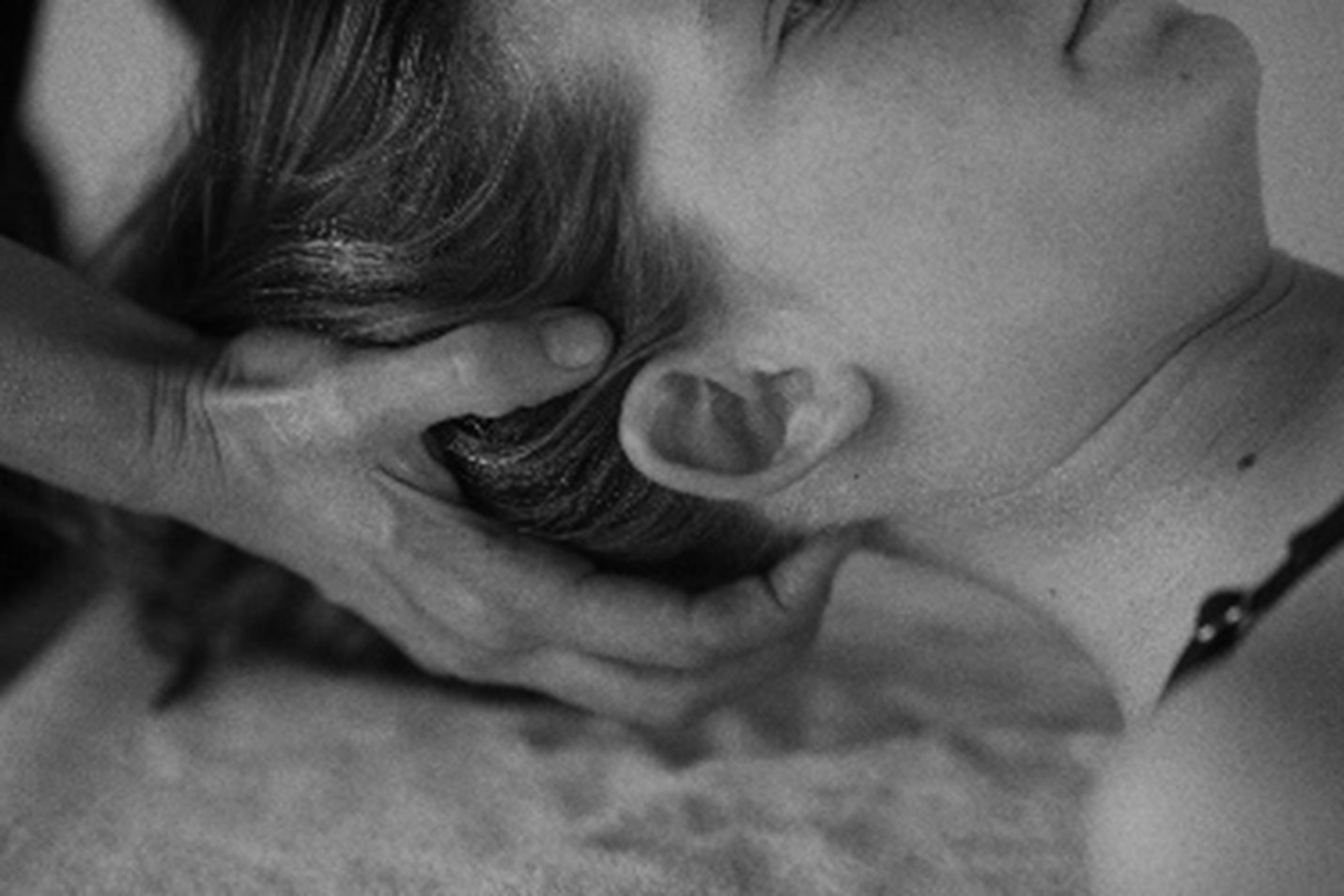Written By: Shannon La Spina, PT, DPT, PCS, CIMT

A typical example of this in the pediatric population is when a child presents with elevated scapulae and tight anterior chest muscles due to primarily using a wheelchair for mobility with limited time in standing/supine/prone. This rounded shoulder posture often leads to pain in the upper trap region and neck due to impaired shoulder mechanics necessitating the overuse of the upper trapezius for shoulder elevation.
Manual techniques that could be employed here include:
- Myofascial release of the pectoralis major and pectoralis minor
- Anterior/posterior glides to the thoracic spinous processes for pain relief and increased extension
- Inferior and medial glide of the scapulothoracic joint
- Myofascial release of the upper trapezius
- Myofascial release of the anterior neck musculature
- Motor re-education of cervical retraction
Other commonly found impairments and functional limitations where manual interventions can help include:
- Toe walking
- Crouched gait
- Low back pain
- Asymmetrical stride length
- Unilateral trunk lean
There is emerging evidence that the use of manual therapy in pediatrics is desired amongst clinicians, but the opportunities to learn safe techniques and how to apply them are not widely available. Integrating manual therapy into pediatric practice will help patients reach goals faster and provide an avenue for caregiver education and useful techniques they can use to help their children at home.
Visit summit-education.com for more information.
References:
Dice, J.L., Dendy D., Sizer, P.S., Cook C., Feuling, S., Brismee, J.: Manual Therapy in Preadolescent Children: A Delphi Investigation of Physical Therapists in the United States. Physical Therapy, 2021; 101; 1-8